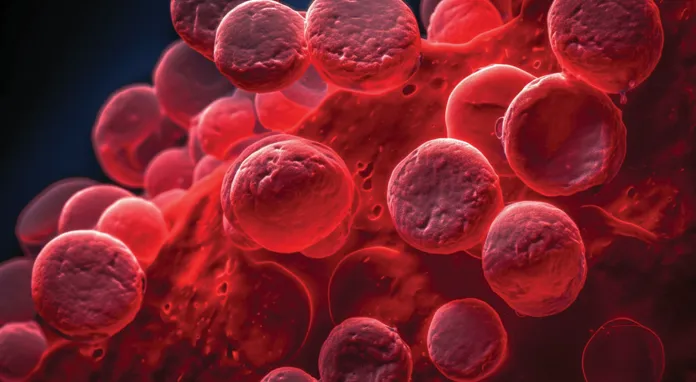World Thalassaemia Day is observed on May 8th annually to honor those who lost their lives to the disease and support those living with it. This year’s theme, “Empowering Lives, Embracing Progress: Equitable and Accessible Thalassaemia Treatment for All,” highlights the need for awareness and solidarity. Established in 1994 by Panos Englezos, the President of Thalassaemia International Federation (TIF), in memory of his son George and others affected, the day serves as a reminder of the ongoing battle against Thalassaemia. Coined in 1936 by George Hoyot Whipple and W.L. Bradford, the term “Thalassaemia” refers to a group of blood disorders initially described by Dr. Thomas Benton Cooley in 1925. Derived from Greek (“Thalassa” for sea) and Latin (“emia” for blood), the name reflects the condition’s origins around the Mediterranean Sea.
Thalassaemia Syndromes are inherited blood disorders that affect the production of Hemoglobin (Hb), the protein in red blood cells that carries oxygen. This leads to various health problems due to insufficient Hb production and imbalanced accumulation of globin subunits. Symptoms range from mild to severe, including anemia, bone deformities, and organ enlargement. Thalassaemia is inherited as an autosomal recessive disorder, meaning both parents must carry the gene for a child to be affected. Diagnosis involves blood tests and clinical examinations, with treatment options like blood transfusions and iron chelation therapy. Transfusion-dependent patients require lifelong transfusion therapy for survival, while non-transfusion-dependent patients may not need transfusions regularly. Diagnosis is typically made through clinical findings and confirmed by blood tests.
Main treatment options are :-
a) Regular safe NAT tested Leucodepleted (prestorage filtration), Packed Red Cells (IAT Cross matched) with extend RBC matching & maintaining pre-transfusion Hb level of 10gms/dl & post transfusion Hb below 14 to 15gms/dl.
b) Appropriate iron chelation therapy as advised to keep serum ferritin under 1000ng/ml
c) MRI T2* for liver and cardiac iron concentration
d) Immunization as advised
e) Regular follow-up with multi-speciality approach (Cardiology, Endocrinology, Hepatology, Orthopedics, Radiology, Dentist, Gynaecologist for girl patients & Psychologist) with strict compliance.
New Drugs : Drugs that target ineffective erythropoiesis and anaemia so that RBC lifespan is increased, transfusion requirement is reduced, iron overload is reduced & Hb levels also improve :
a) Luspatercept (ACE-536) for patients of 18 years or older, 1mg/kg by s/c injection
b) Mitapirat (AG-348) 100mg orally twice daily is currently being evaluated in phase two 3 trials in both NTDT & TDT patients. Agents targeting the hepcidin or ferroportin pathways have also been evaluated.
Bone Marrow / Haematopoietic stem cell transplant – It is a curative treatment but has significant risks. In India Thalassaemia free survival (TFS) for lucarelli class I & class II patients was 78% at CMC Vellore. Gene Therapy — It works by putting functional copies of the abnormal gene into patients own blood stem cells. The RBCs are then able to make normal or near normal levels of Hb (FDA approved). Other types of gene therapy are being studied.
JKTWS-J&K Thalassaemia welfare society has been doing a great job for the last 28 years for the welfare of these patients. The President JKTWS Er. Sudhir Sethi who works day & night for these patient care activities is the main force behind the society. The activities include regular blood donation camps, medical camps in which internationally renowned hematologist from Delhi come and examine these patients. Society also addresses various issues of the patients by discussing with GMC Jammu and hospital authorities and also with the Government of J&K UT and these efforts have been successful in improving various facilities at day care centre in SMGS Hospital Jammu under overall supervision of Prof. Sanjeev Dingra of Paedriatic Department. The Executive members of the society are equally involved in these activities and are committed to work for the welfare of these patients till there is a permanent cure for each and every patient. In Jammu 330 patients are registered with JKTWS. In Kashmir 27 patients are registered at GMC Srinagar under Paedriatic Haematologist.
By Dr. K. K. Koul (He is a Medical Advisor JKTWS & Former Prof. & Head Pathology Dept. GMC Jammu)






